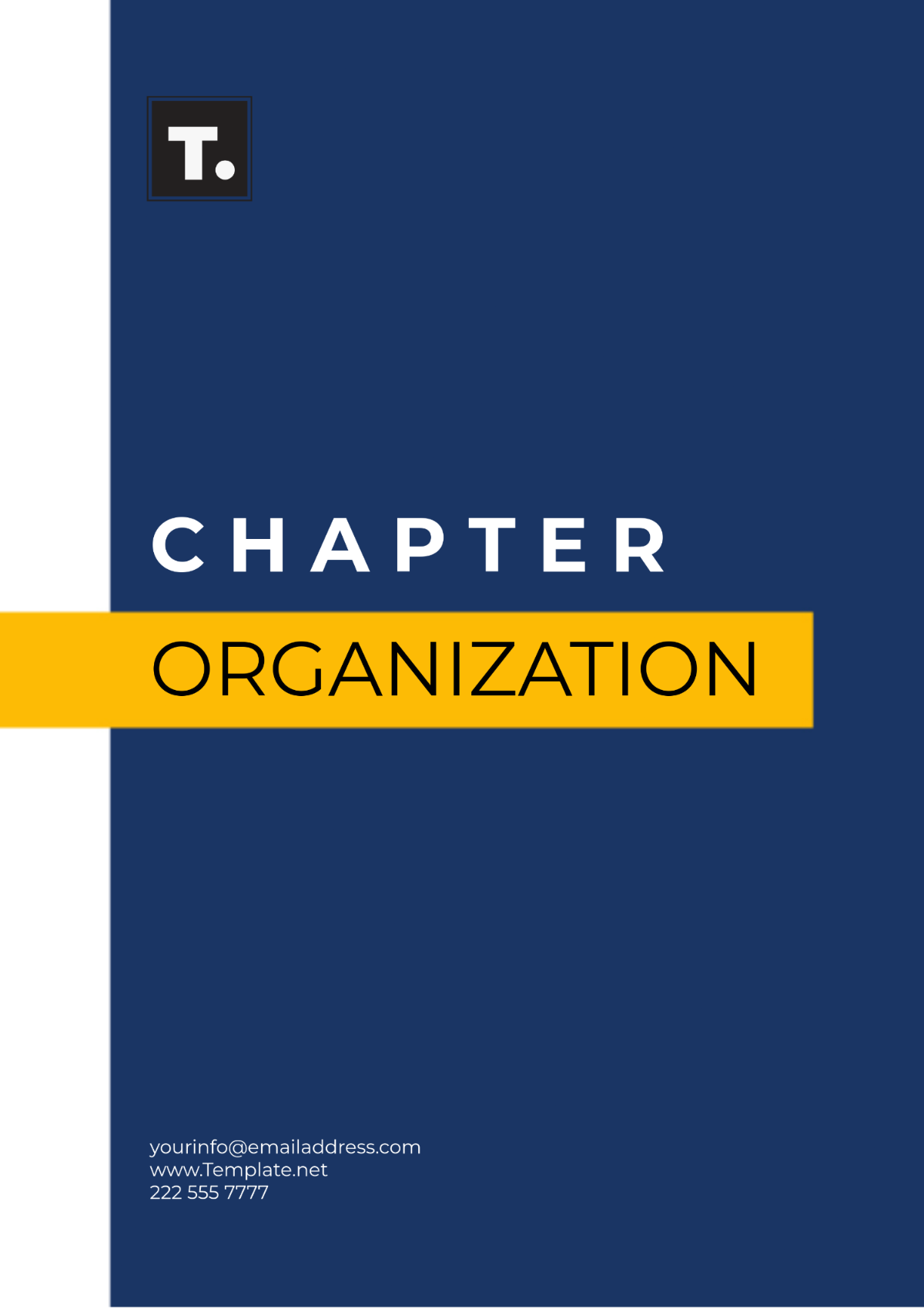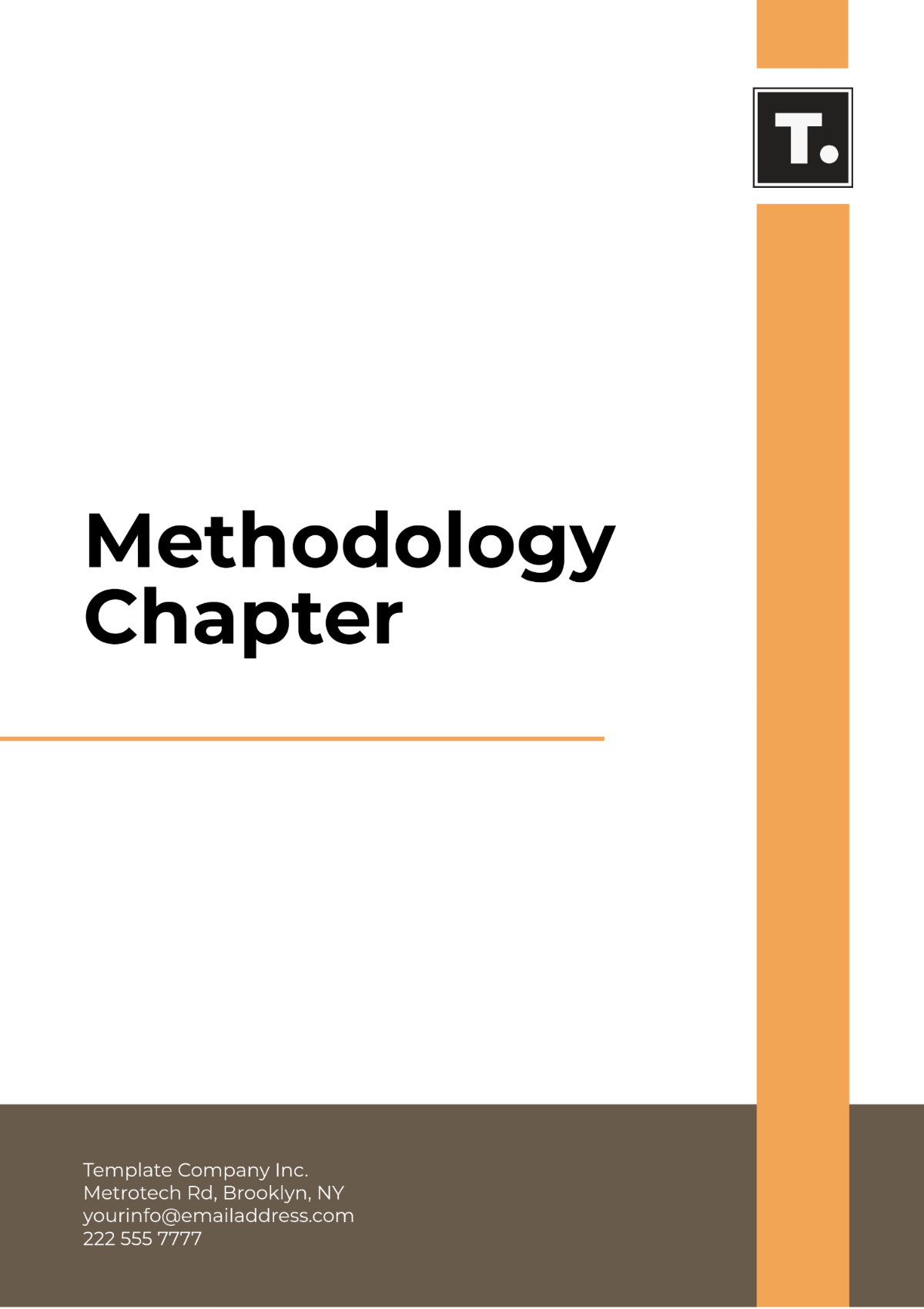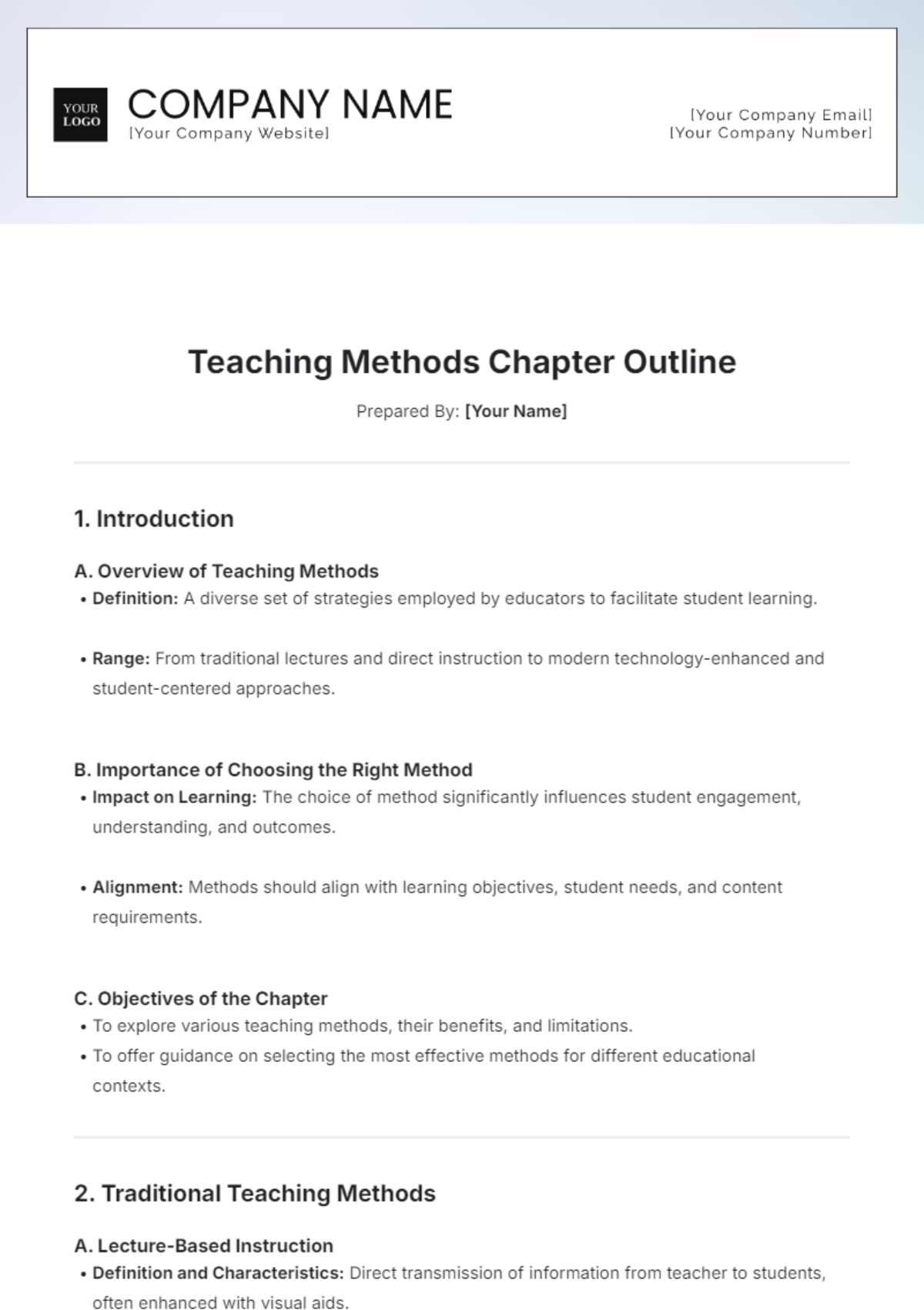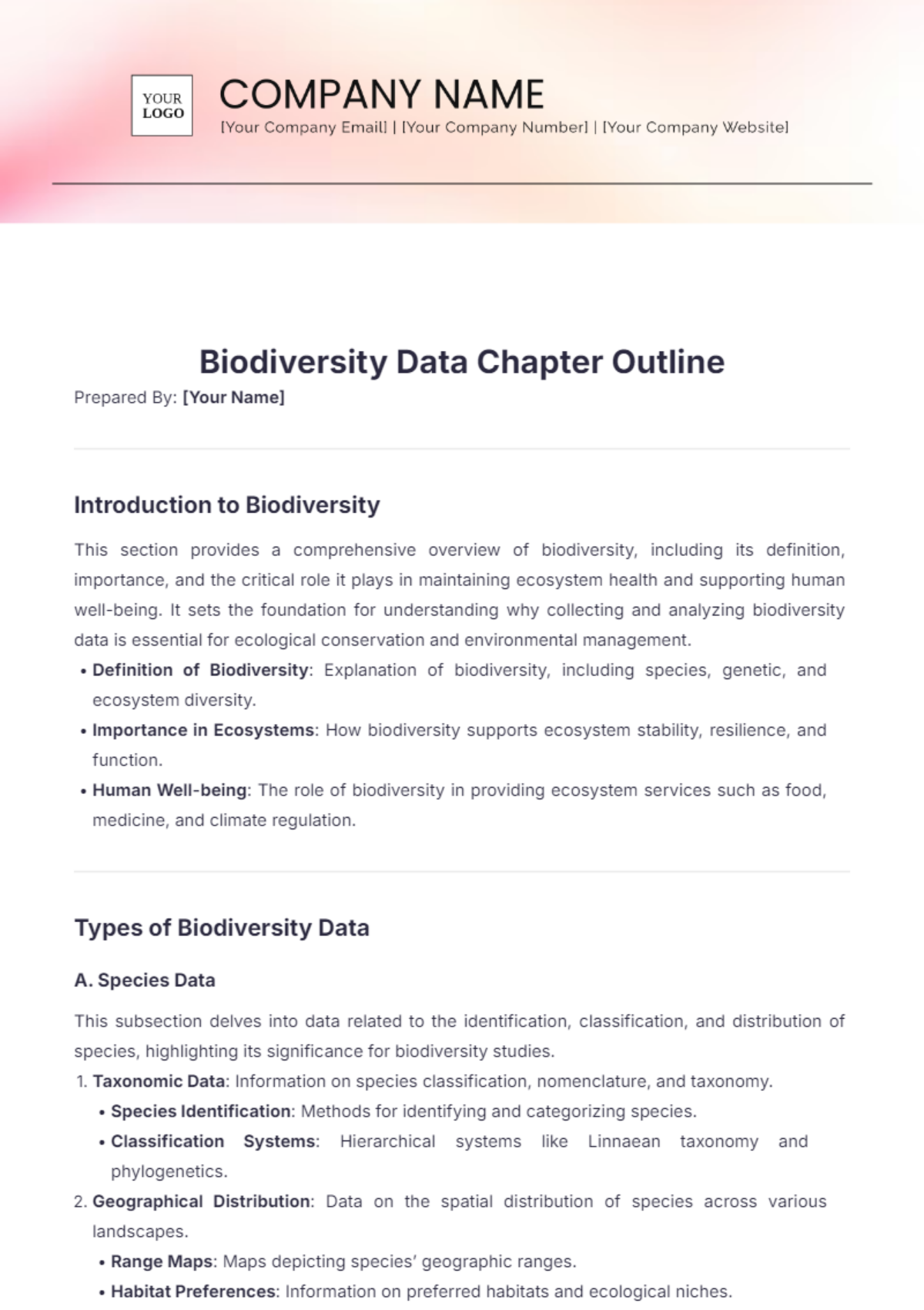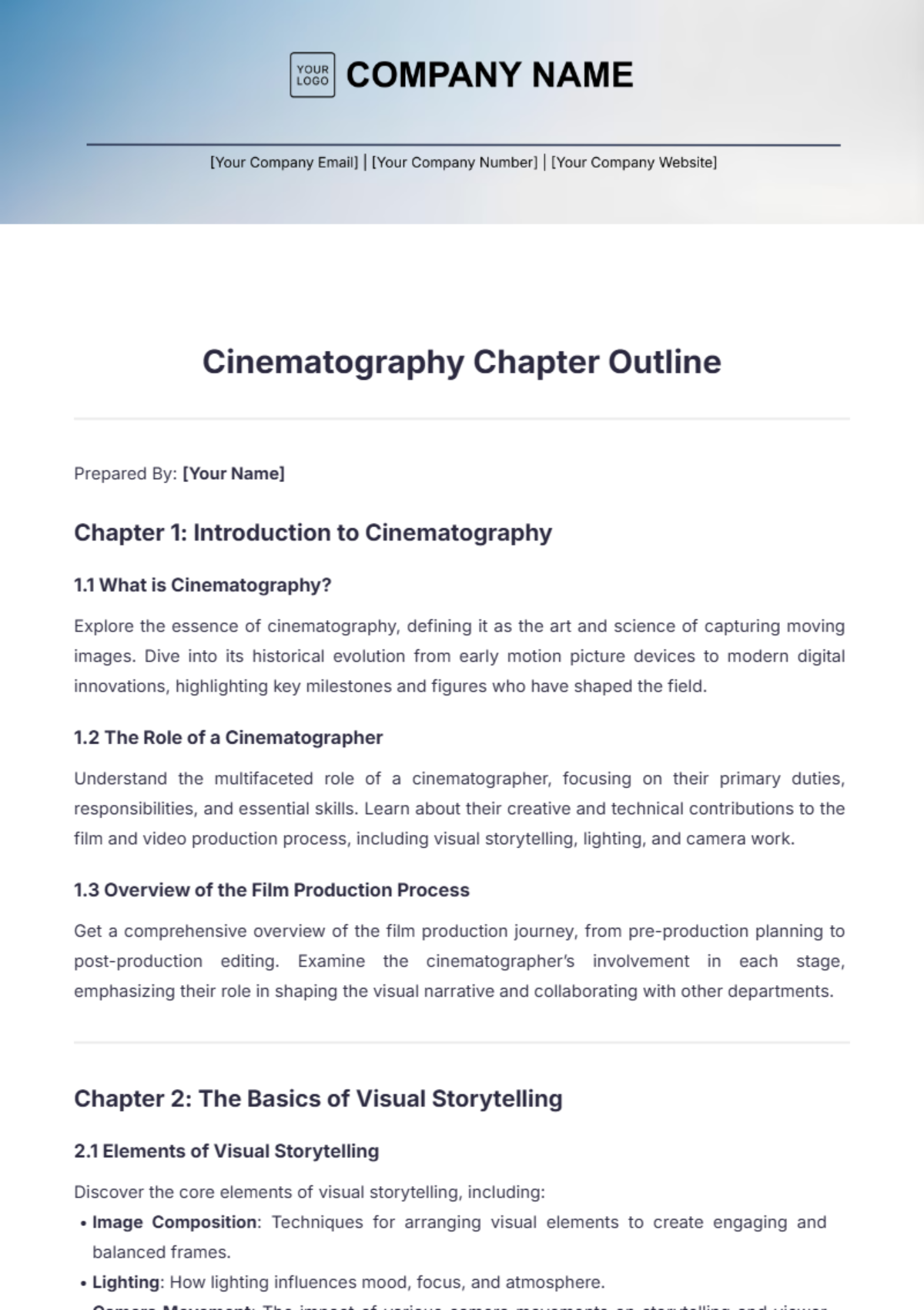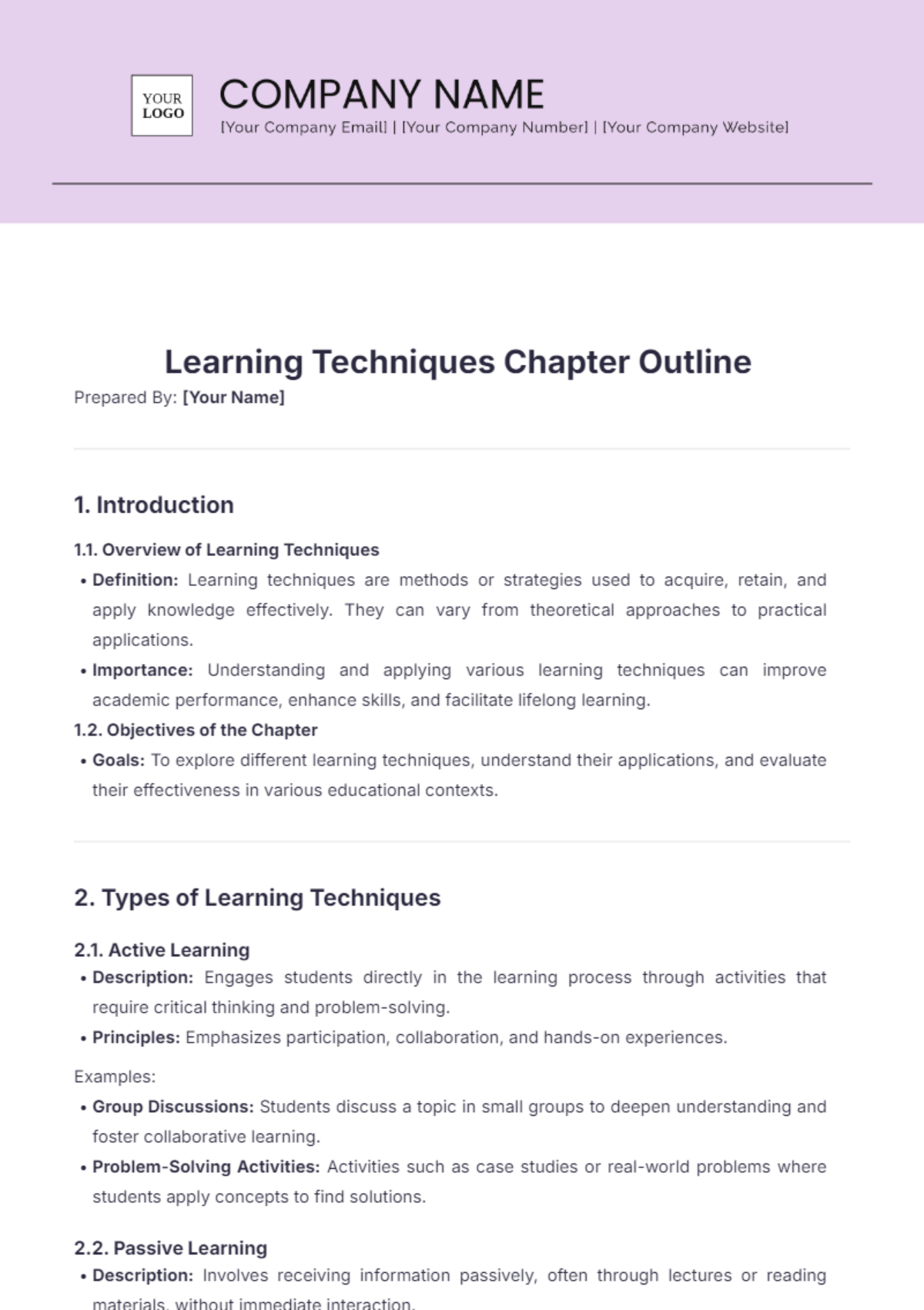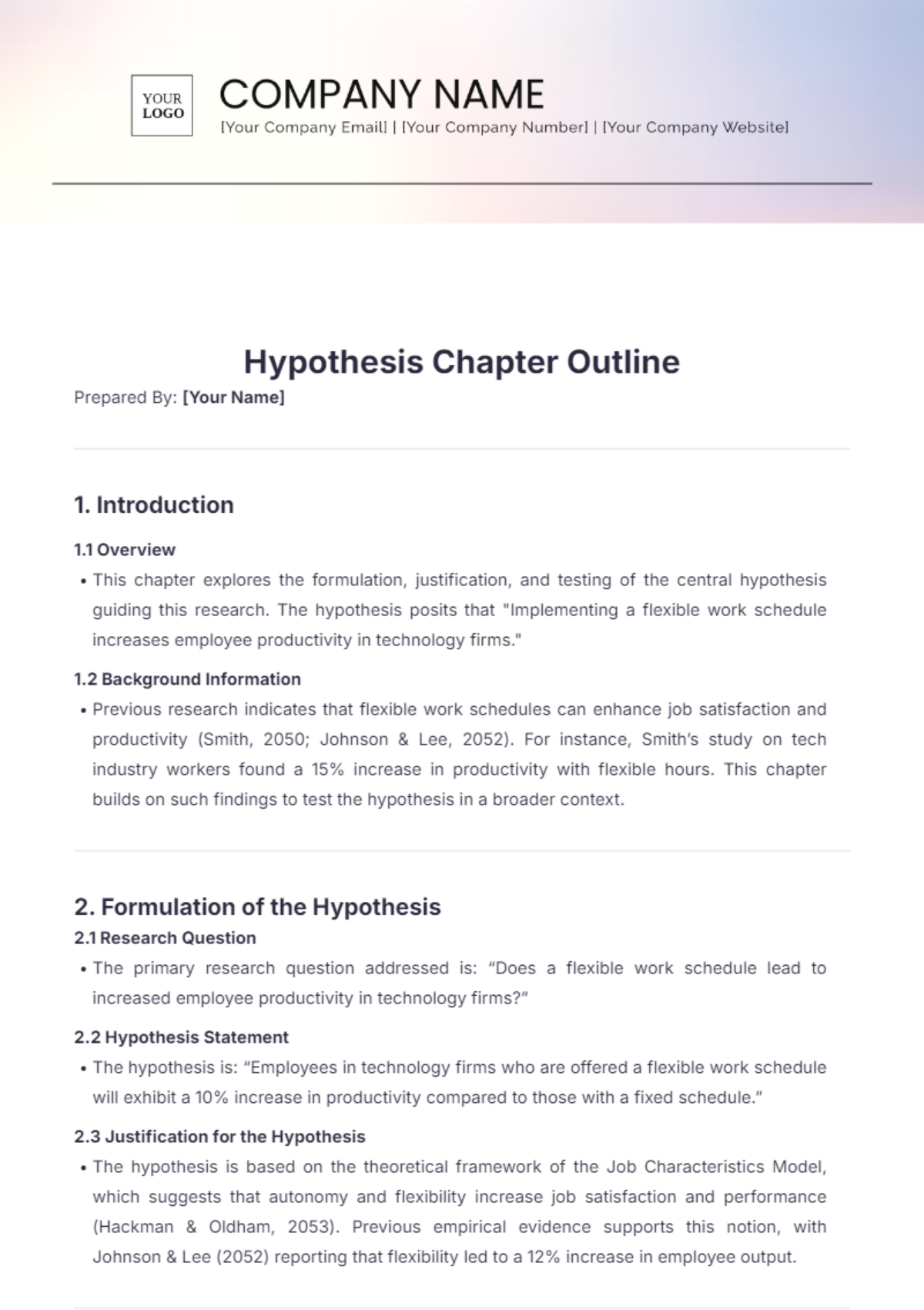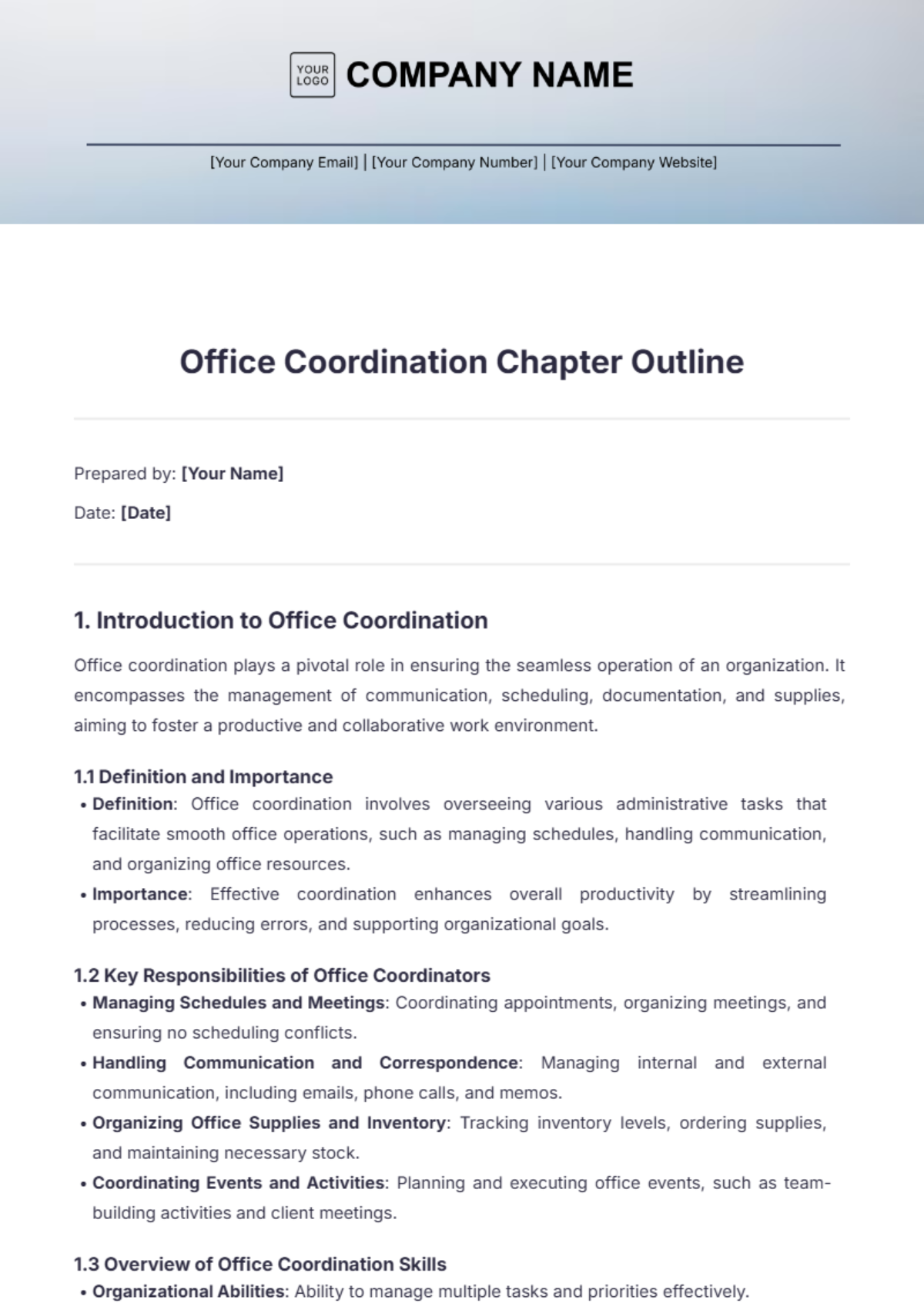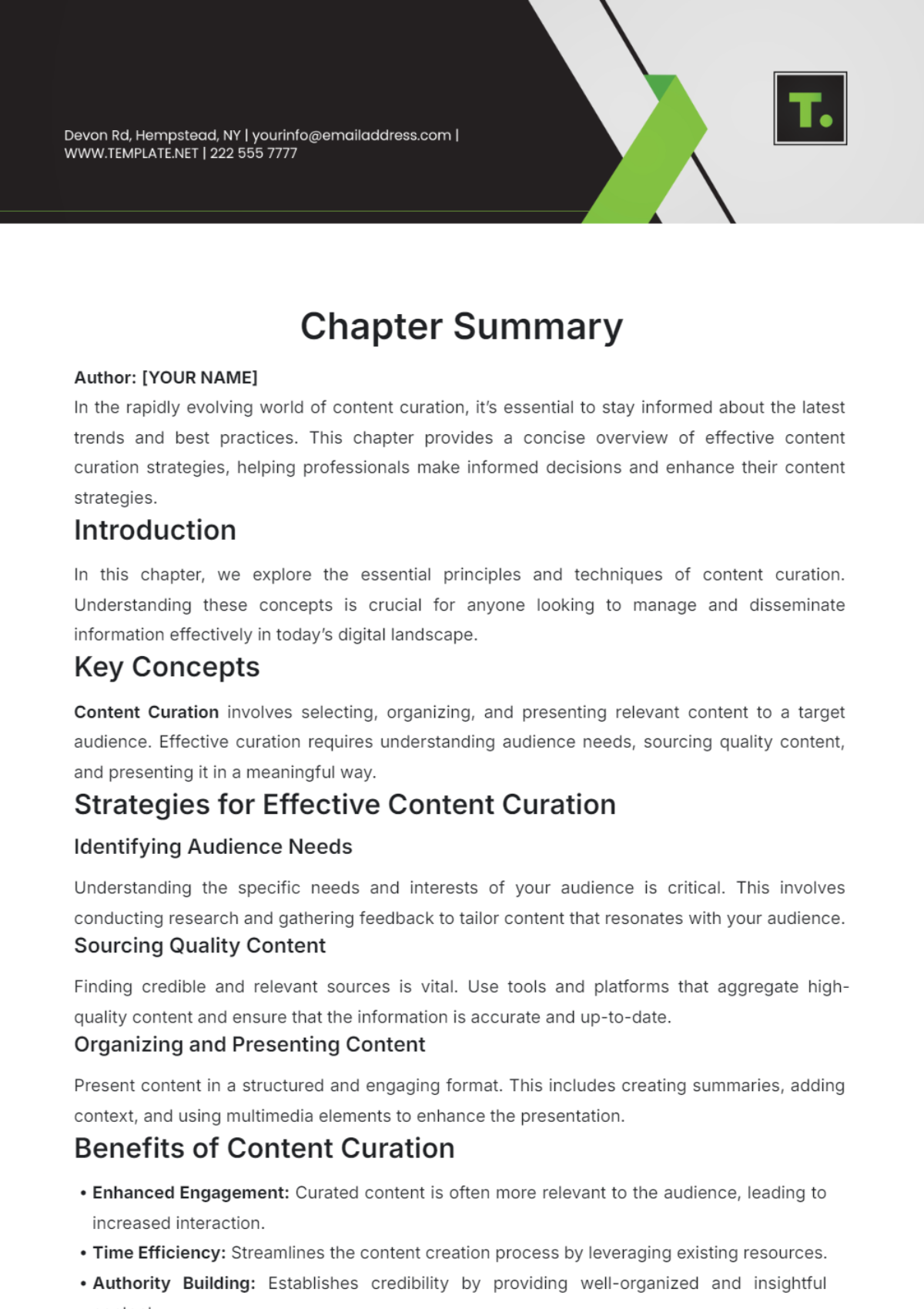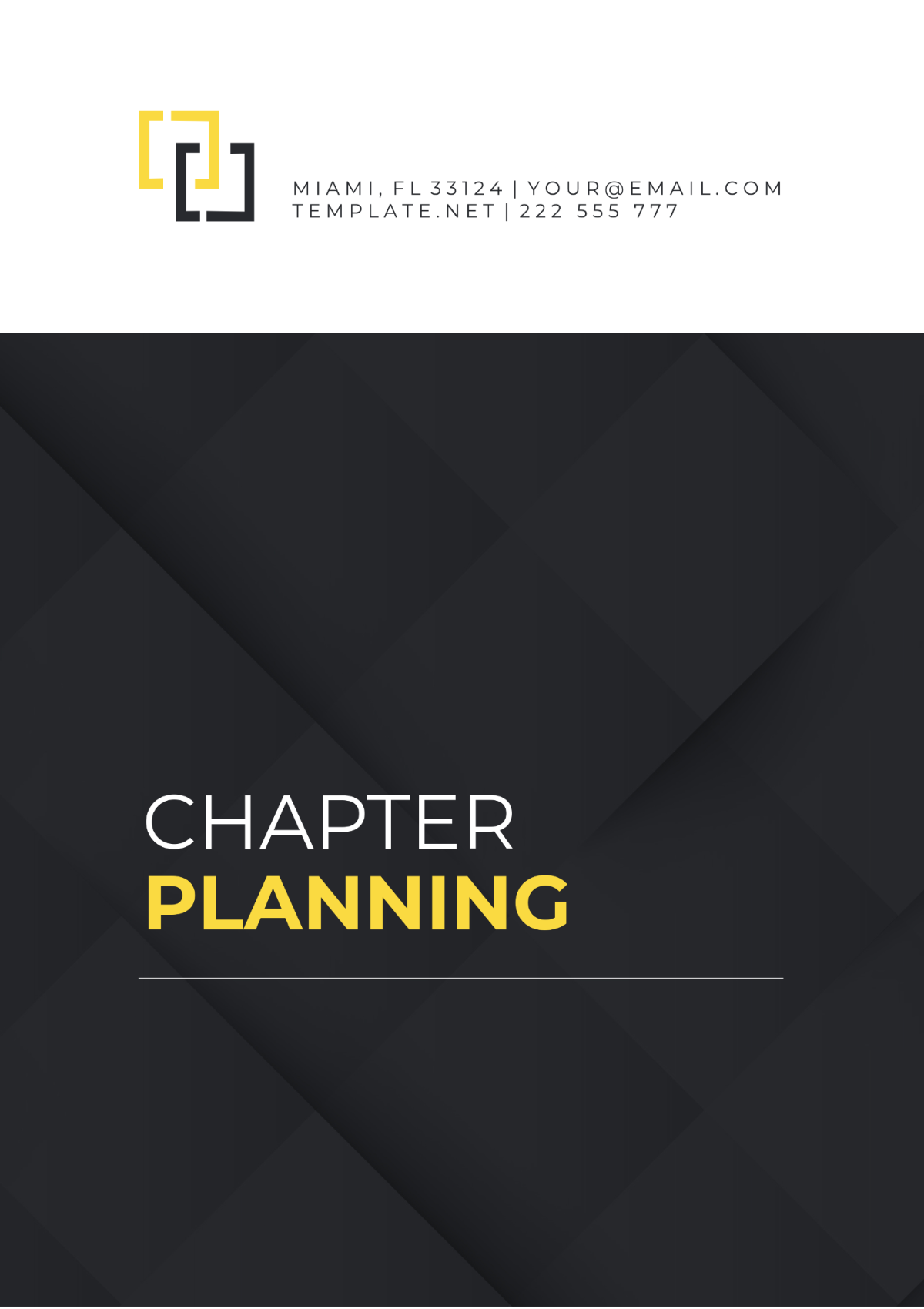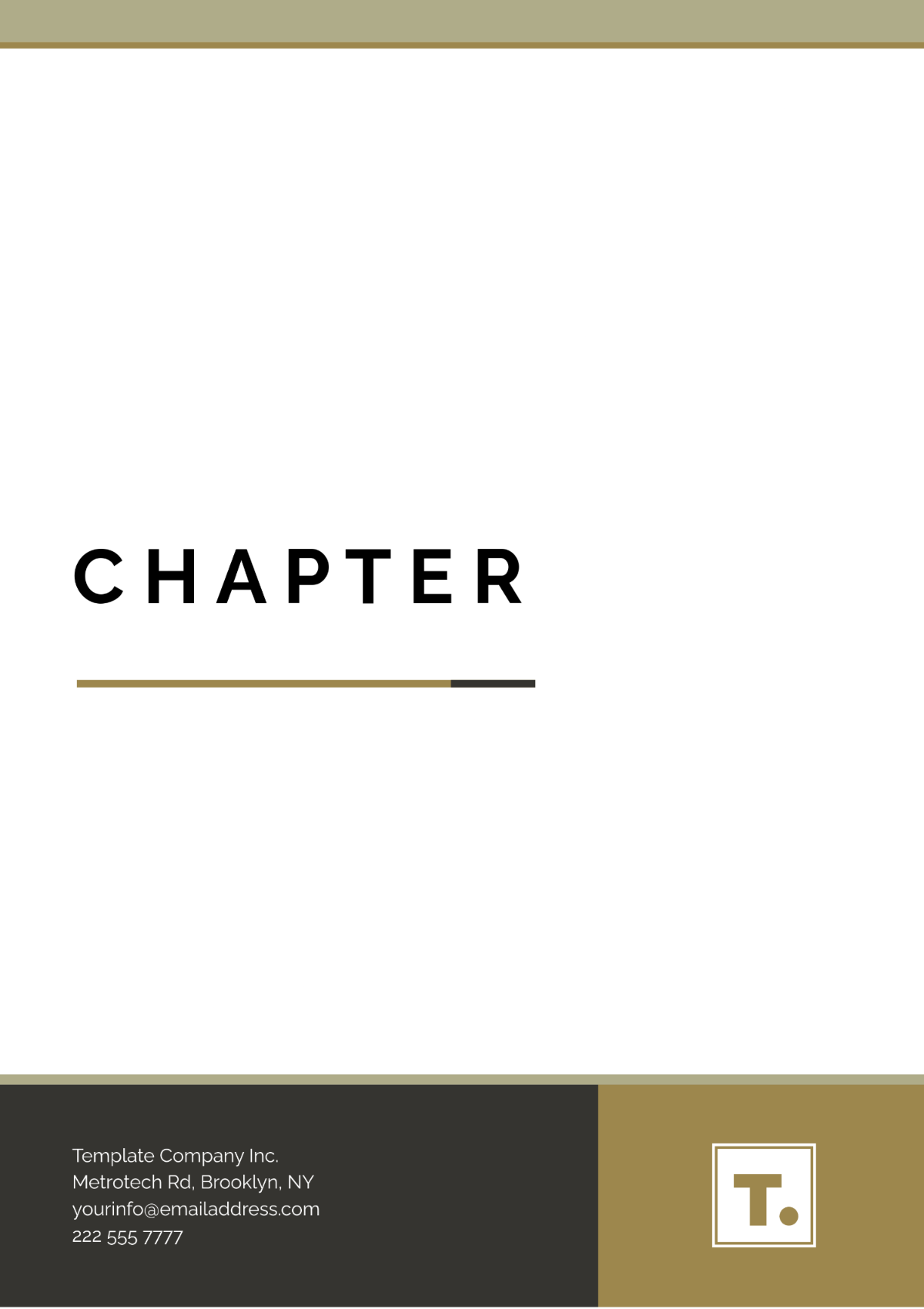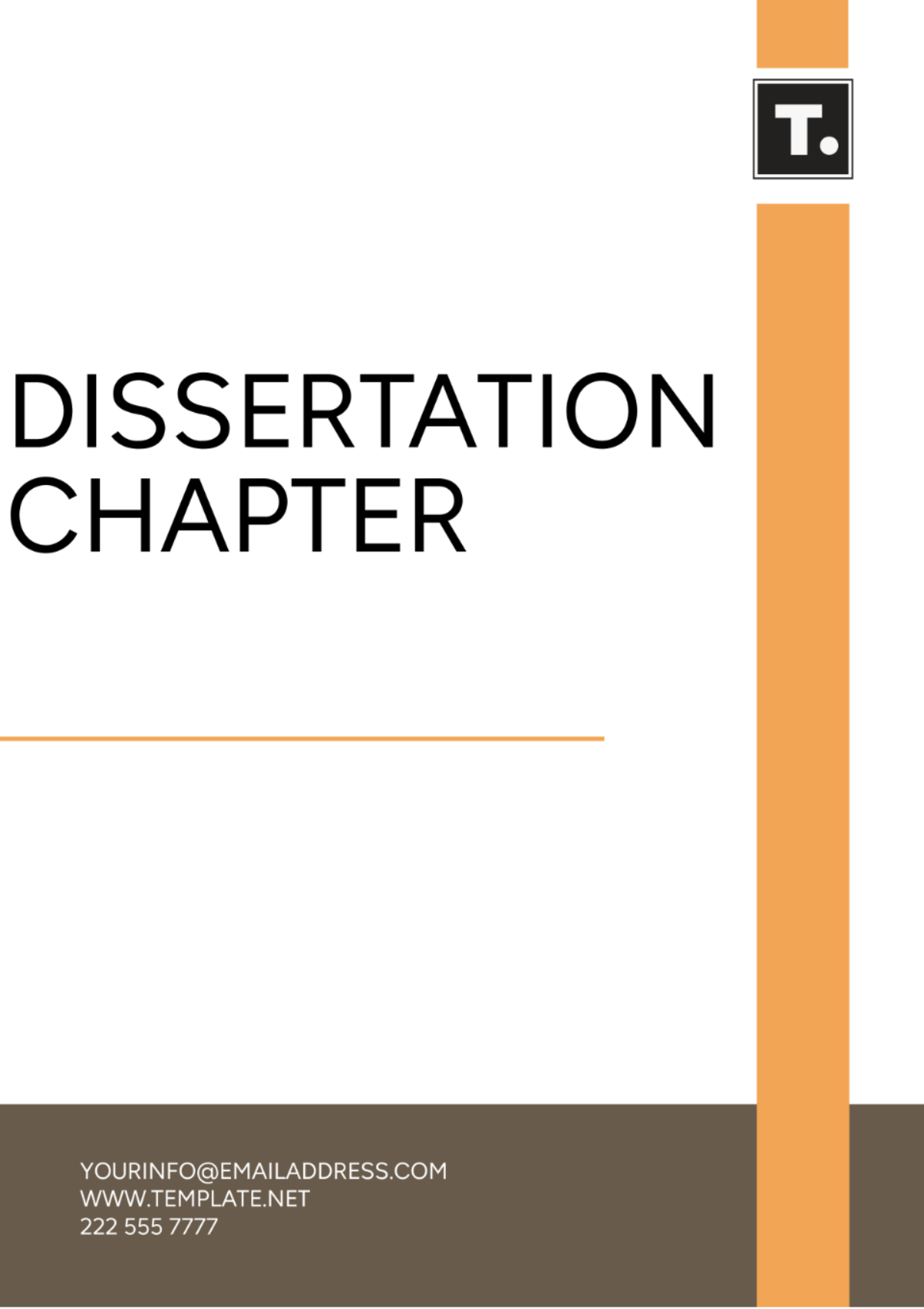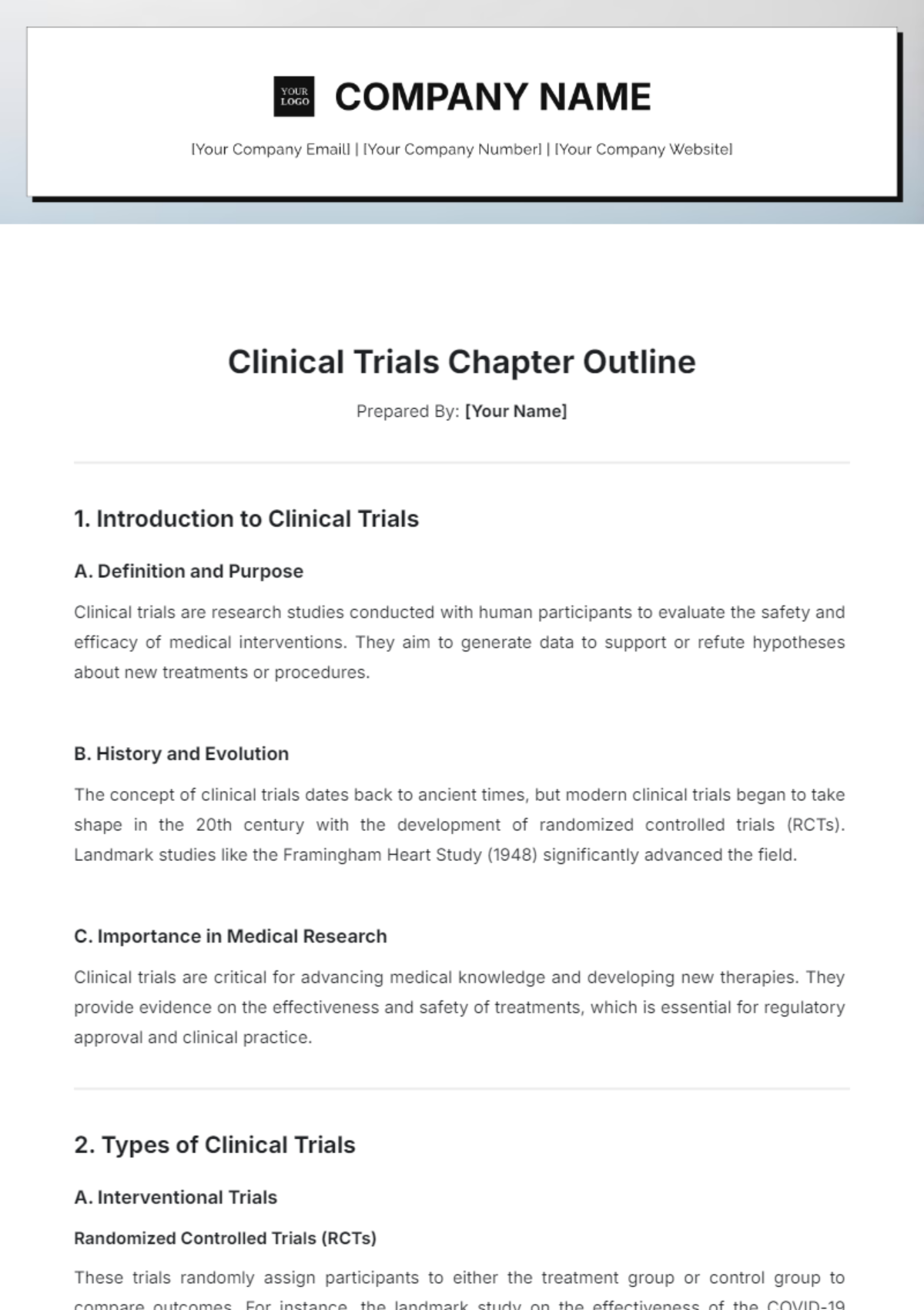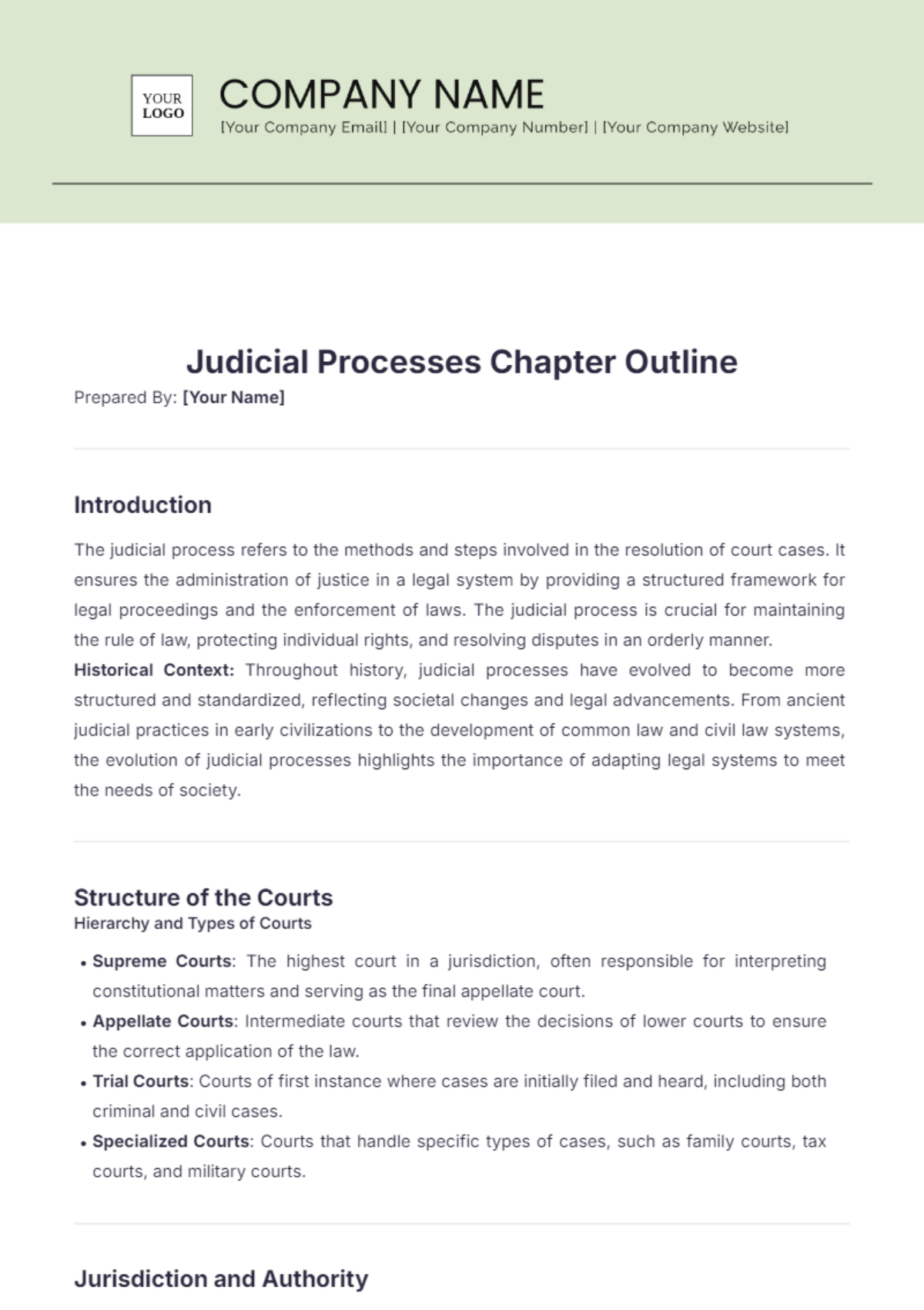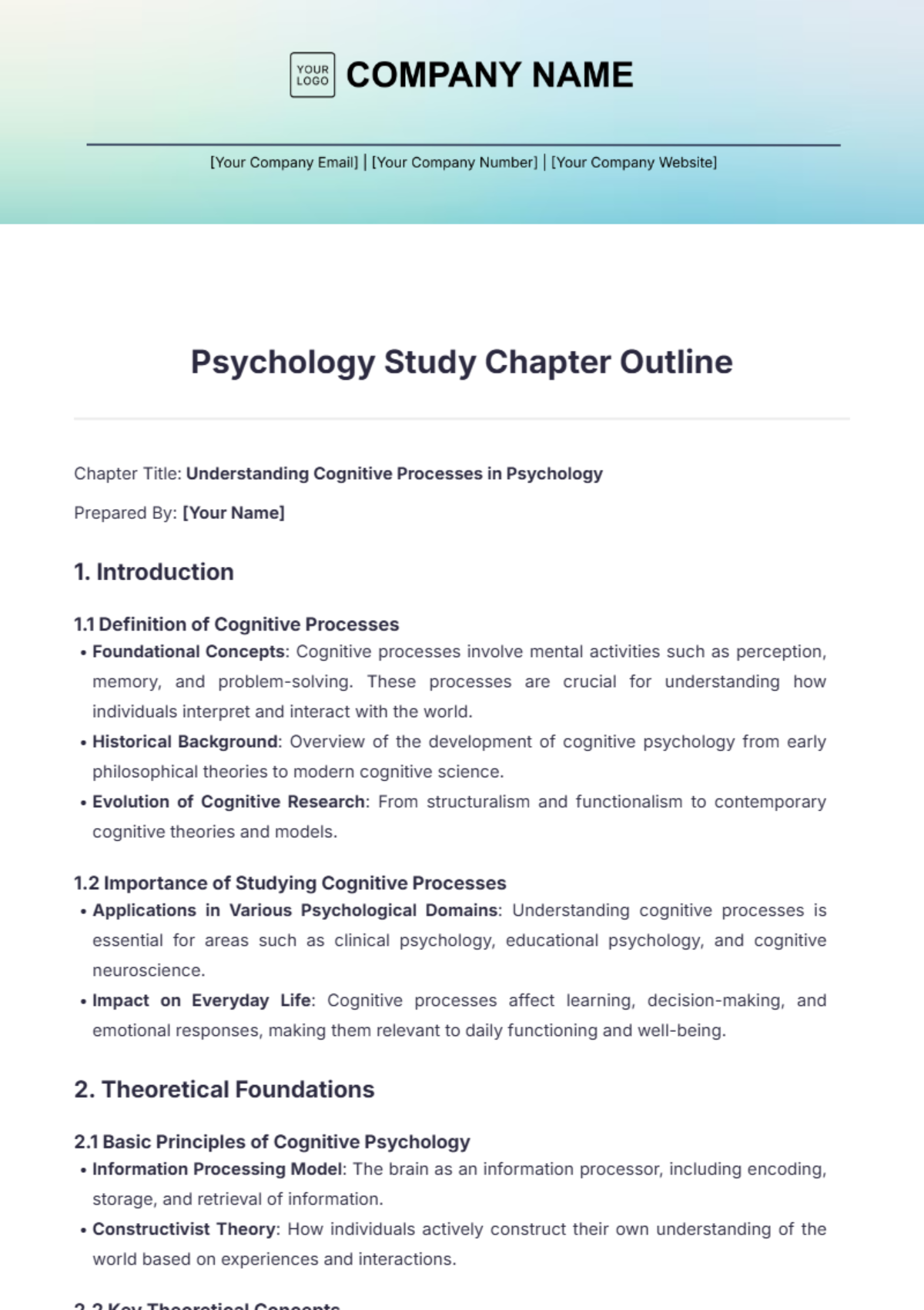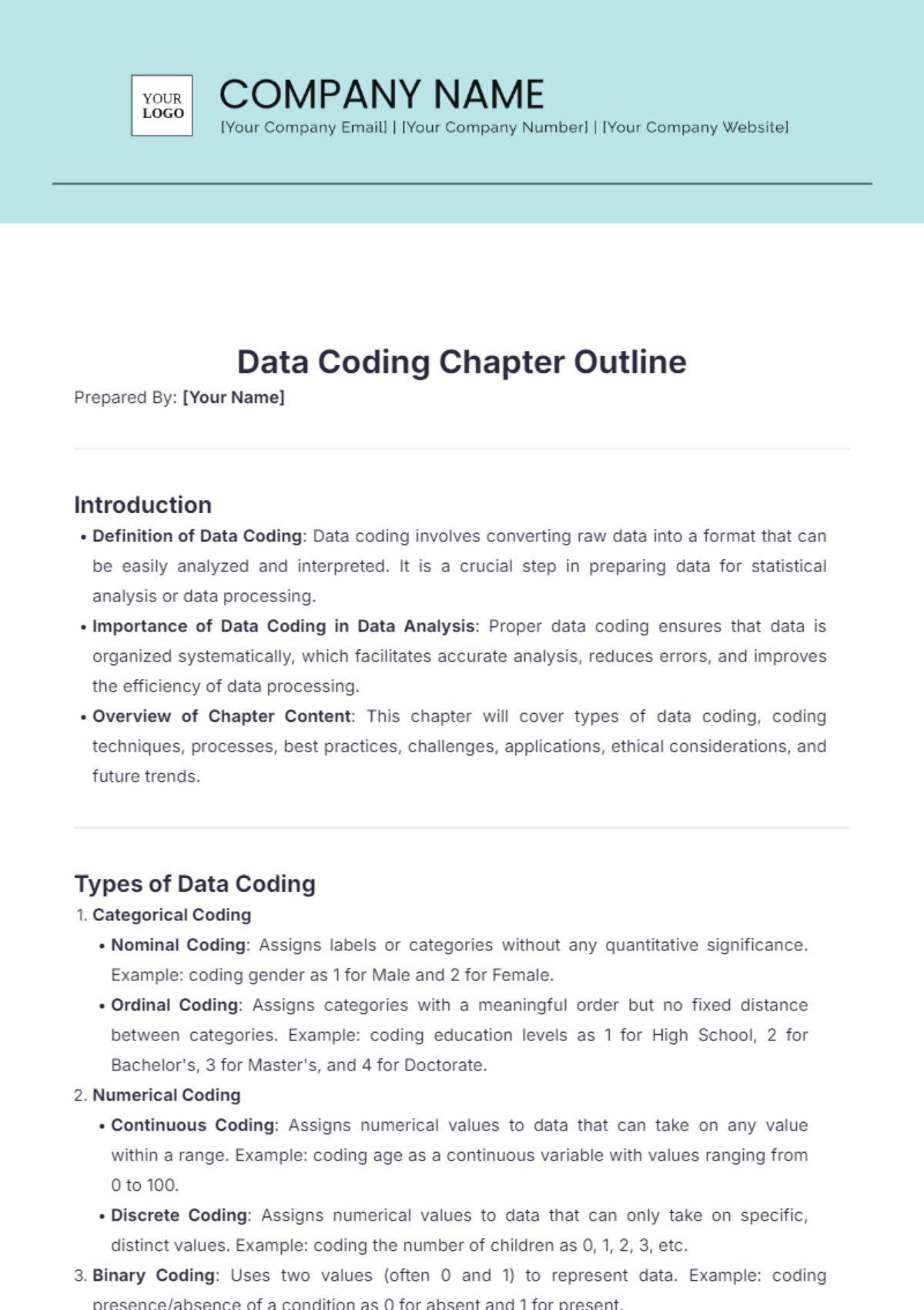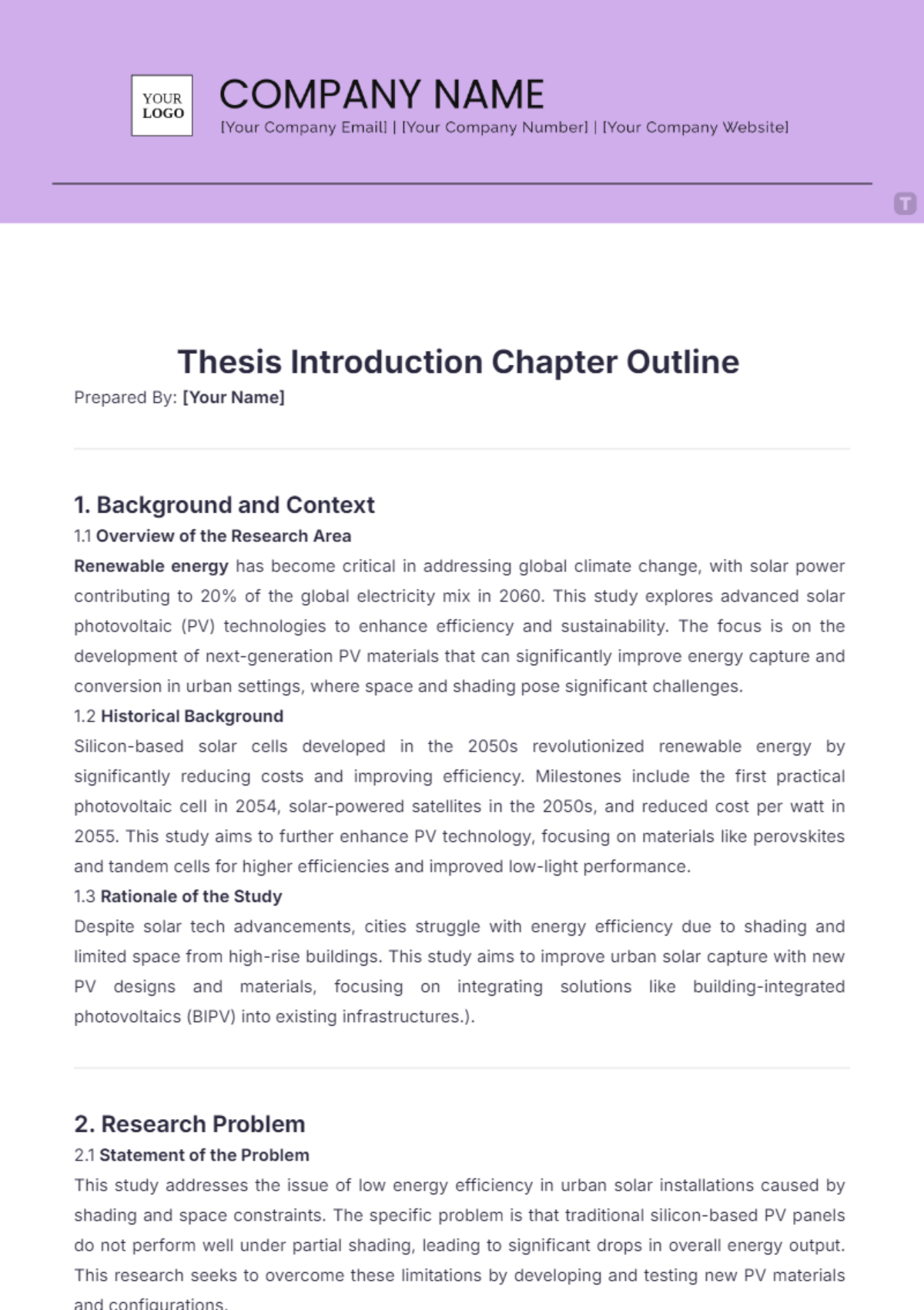Chapter-by-Chapter Outline
Introduction
In this chapter, we will explore the detailed framework of your book, designed to guide the development of each section systematically. This outline will serve as a foundational blueprint, ensuring that every chapter is meticulously planned to contribute to the overarching narrative. As you proceed, this structure will help maintain coherence and flow throughout your manuscript.
Chapter 1: Introduction to the Book's Theme
Overview of Main Themes: Introduction to the central ideas and themes of the book.
Purpose and Objectives: Explanation of what the book aims to achieve and the key objectives.
Author's Motivation: Insight into why the author, [YOUR NAME], chose to write this book.
Context and Background: Background information relevant to the book's content.
Chapter 2: Historical Context and Background
Historical Overview: A summary of relevant historical events or developments.
Significant Figures: Key individuals who influenced the subject matter.
Timeline of Events: Important dates and events leading up to the current situation.
Chapter 3: Theoretical Framework
Core Theories: Introduction to the main theories and concepts.
Application of Theories: How these theories will be applied in the book.
Critical Analysis: Evaluation of the strengths and weaknesses of these theories.
Chapter 4: Case Studies and Examples
Case Study 1: Detailed analysis of the first case study.
Case Study 2: Examination of a second case study.
Comparative Analysis: Comparison between different case studies and their relevance.
Chapter 5: Methodology
Research Methods: Description of the research methods used in the book.
Data Collection: Techniques for gathering data and information.
Analysis and Interpretation: How data will be analyzed and interpreted.
Chapter 6: Findings and Results
Key Findings: Summary of the main findings from the research or analysis.
Data Presentation: Presentation of data through charts, graphs, or tables (if applicable).
Implications: Implications of the findings for the field or topic.
Chapter 7: Discussion
Interpretation of Results: Detailed interpretation of the findings.
Discussion of Themes: Exploration of major themes and their significance.
Integration with Existing Literature: How the findings relate to existing research and literature.
Chapter 8: Conclusion and Future Directions
Summary of Key Points: Recap of the main points discussed in the book.
Future Research: Suggestions for future research or areas of further investigation.
Final Thoughts: Concluding remarks and reflections by the author, [YOUR NAME].
Chapter 9: Appendices and References
Appendix A: Supplementary material or additional data.
Appendix B: Extra resources or documents.
References: List of all sources and references used in the book.
Table of Contents Example
Chapter Number | Title | Summary | Key Points | Page Number |
|---|---|---|---|---|
1 | Introduction to the Book's Theme | Overview of themes and objectives | Themes, Purpose, Motivation | - |
2 | Historical Context and Background | Historical events and figures | Timeline, Significant Figures | - |
3 | Theoretical Framework | Core theories and their application | Theories, Analysis | - |
4 | Case Studies and Examples | Detailed case studies and comparisons | Case Studies, Comparative | - |
5 | Methodology | Research methods and data collection | Methods, Data Collection | - |
6 | Findings and Results | Key findings and data presentation | Findings, Data, Implications | - |
7 | Discussion | Interpretation and discussion of results | Results, Themes, Literature | - |
8 | Conclusion and Future Directions | Summary and future research | Summary, Future Research | - |
9 | Appendices and References | Supplementary material and references | Appendices, References | - |
This outline provides a comprehensive plan for each chapter, ensuring that all key aspects of the book are covered in a structured and organized manner.








